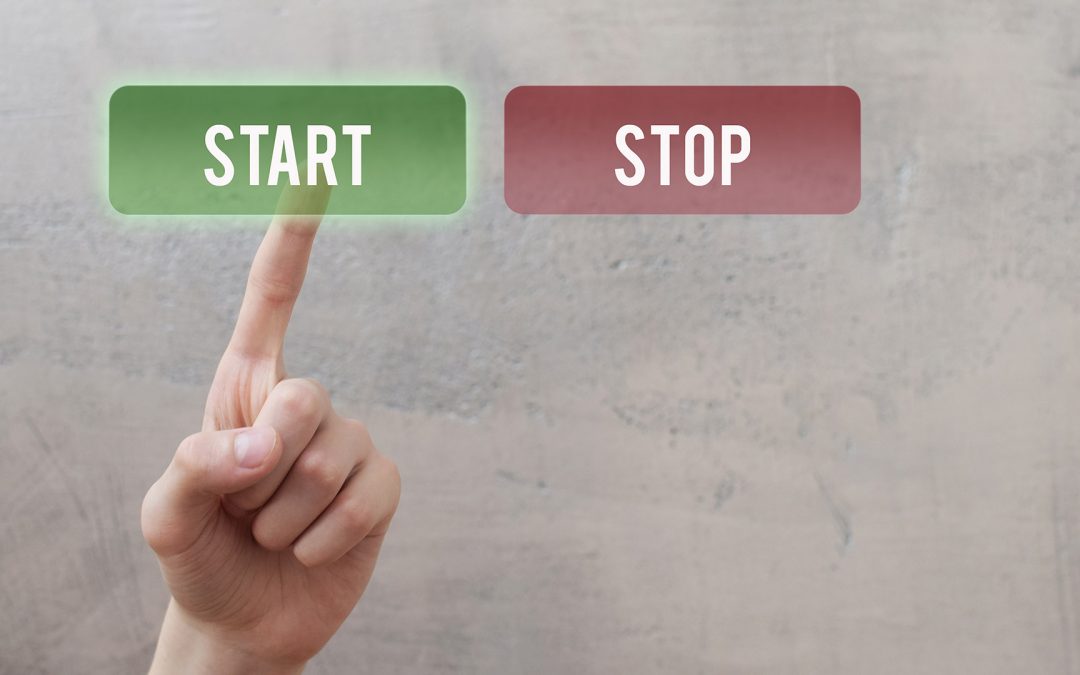This is not a new concept, but it seems to be gaining more mainstream momentum pertaining to cooperative care in pets. Start and stop buttons are actually behaviors your pet exhibits that communicates to you to let you know that it is okay to proceed with your interaction or that he is feeling a little unsafe and please change your approach or stop. Essentially, we are allowing the pet to be in control of his own outcomes.
The best way to describe this is my experience at the dentist office. I have had some very unfavorable experiences that have created a lot of pain and anxiety. This had caused me to leave a practice and find a new dentist who made it clear to me that my communication to her was valued. She discussed a plan moving forward but asked for my input. As a result she would ask if I was ready when she wanted to start using dental instruments and I would raise my hand if I was uncomfortable, anxious or in pain and she would stop. The start and stop buttons. True to her word, if I wasn’t ready, she would wait and every time I raised my hand, she stopped. Maybe I tested her more often than I should have, but the fact that she listened built trust. In addition, she also took lots of breaks for me to regroup for the next part of the procedure. Each procedure after that became easier, quicker and definitely less stressful for me. I was more relaxed and willing to let her proceed because I had control over what happened.
Whether home care, grooming or veterinary care, the goal of utilizing start and stop buttons is to avoid the physical and emotional struggle as well as to foster active participation from your pet. The first step is to build a consistent and predictable pattern of communication with your pet. With repetition they learn they have control over what happens to them which is an essential component of wellness. As caretakers we become more predictable and safe and the trust we build allows for an easier, higher standard of care for your pet.
